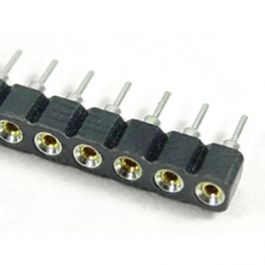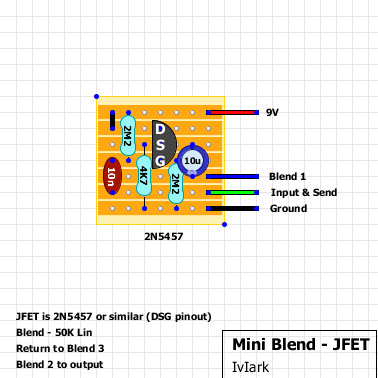I made my own clean blend on perf that includes a phase switch. This is ideal then you can use it with any pedal. It is similar to the Paramix. I have a monster multipedal in the works that is an hm-2 style pedal, 8 way clipping diode switch, clean blend with send/return insterts, and a muzzle. It's a beast. I started working on adding a boost to the clean signal but then I got side tracked fixing my amp and causing drama with tube amp corksniffers on another forum. Finally fixed it today so back to the pedal I suppose.That's fine. If I were to do it over again, I would use a very different circuit, though.
Adding a clean blend needs to be considered on a pedal-by-pedal basis because a lot of circuits flip the phase.
Muzzle -> Blend->Hm-2(murdock plus) Aint much to look at yet but it is a WIP.










